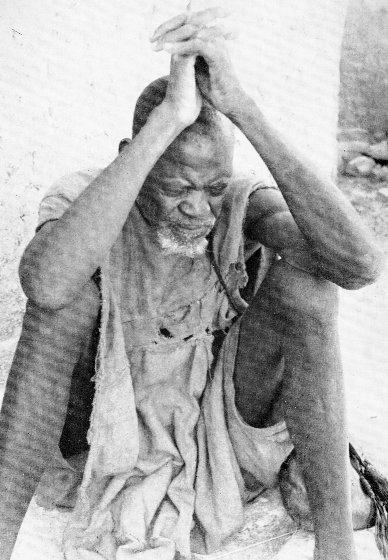|
Of some interest is the fact that the calendar of the year in Small Santiago seems to have this sequence of glyphs just before spring equinox:
The type of glyph at Ga4-2 is otherwise not common in the rongorongo texts. Small Santiago, however, has also this sequence:
Please notice the significant dot for glyph number 64 on side b. ... Ogotemmêli had his own ideas about calculation. The Dogon in fact did use the decimal system, because from the beginning they had counted on their fingers, but the basis of their reckoning had been the number eight and this number recurred in what they called in French la centaine, which for them meant eighty. Eighty was the limit of reckoning, after which a new series began. Nowadays there could be ten such series, so that the European 1,000 corresponded to the Dogon 800. But Ogotemmêli believed that in the beginning men counted by eights - the number of cowries on each hand, that they had used their ten fingers to arrive at eighty, but that the number eight appeared again in order to produce 640 (8 x 10 x 8). 'Six hundred and forty', he said, 'is the end of the reckoning.' According to him, 640 covenant-stones had been thrown up by the seventh Nummo to make the outline in the grave of Lébé ... 
|



